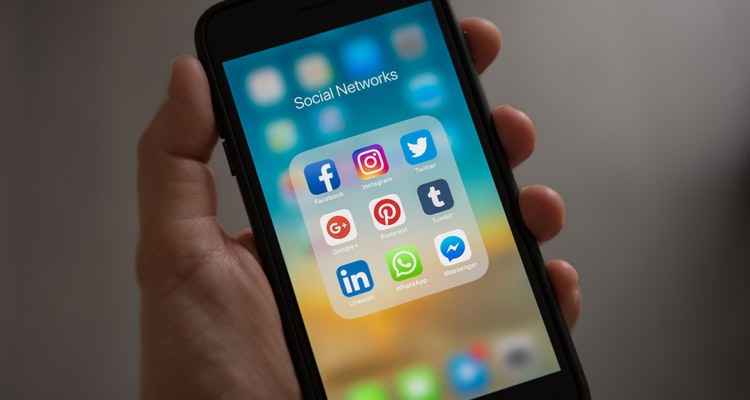
Photo Credit: pexels
Social media continued to evolve and change in 2017. If anything, it was the year that video leapfrogged to the head of the content priority queue for many social media marketers. It was also the year that Facebook reaffirmed its role as the preferred social media platform to communicate brand messages to consumers.
Facebook is still the leading social media platform
For example, consider the role of Facebook in social media marketing. According to a new “State of Social Media” report from Buffer, 96 percent of all marketers experimented with Facebook as a way to reach customers and prospects in 2017. Following behind in the social media pecking order were Twitter (89%), LinkedIn (70%), and Instagram (70%). Oh, and Snapchat? It seems to have fallen off a cliff. Only 11 percent of marketers reported using Snapchat in 2017.
However, one interesting insight from the report is that, while just about everybody (and we’ll accept that 96% figure to mean “everybody”) has embraced Facebook, it doesn’t mean that there aren’t plenty of untapped possibilities presented by the platform. For example, Buffer specifically highlighted that many marketers still are not running ads on Facebook, despite the evidence that businesses that invest in social media ads are twice as likely to say that social media marketing is “very effective” than those that do not.
Messaging apps represent an opportunity
Moreover, consider the example of Facebook Messenger. The whole messaging space remains relatively untapped by marketers, with only 20 percent of marketers saying that they have used messaging apps for marketing purposes. That figure is staggeringly low, given how high the market penetration is of the leading messaging apps. For example, Buffer points out that there are now more people using the Top 4 messaging apps (WhatsApp, Messenger, WeChat, Viber) than the Top 4 social media apps (Facebook, Instagram, Twitter, LinkedIn). For an industry that obsesses over “audience size,” “reach”, “traffic” and “eyeballs,” that certainly seems like there’s money being left on the table.
A look ahead to 2018
So what can we expect over the next 12 months? One trend that we might see more of is “live video,” as opposed to edited video content. According to the Buffer report, even though 85% of marketers say that video is a priority, only 31% used “live video” content in 2017. Additional data seems to support the hypothesis that live video performs better from an engagement perspective than just about any other form of social media content (including images, text and even GIFs).
And, given the fact that marketers across the board are reporting a steep decline in organic reach on social media, look for new and creative ways to boost engagement and views. One strategy that could be used, hints Buffer, is more of an emphasis on Stories when using platforms like Instagram and Snapchat.
But, if you’re waiting for some social media newcomer to come in and knock Facebook off its leading perch, you’ll be waiting for quite a long time. It now appears that Facebook has consolidated its market-leading position, and for the next 12 months, the race will be on for marketers to use Facebook in more creative and effective ways.